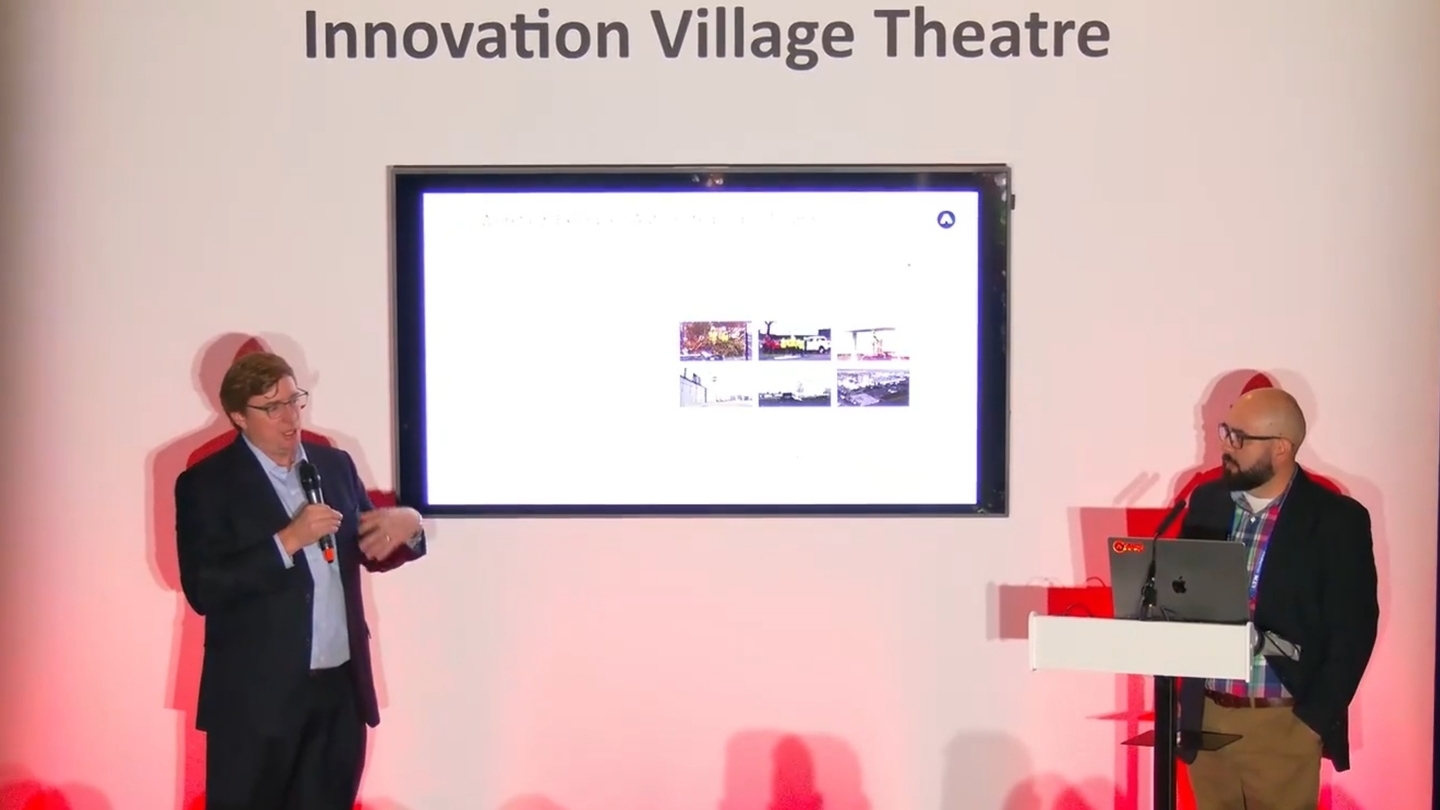There is widespread suspicion among consumers about how AI might be used in news production and journalism, especially for ‘hard’ news stories such as politics or war, according to a report published by the Reuters Institute for the Study of Journalism.
The institute’s annual Digital News Report, which is based on surveys of nearly 100,000 people across 47 countries, offers a picture of the hurdles news media faces in lifting revenue and sustaining business.

According to the survey, 52% of US respondents and 63% of UK respondents said they would be uncomfortable with news produced mostly with AI. There is more comfort with the use of AI in behind-the-scenes tasks such as transcription and translation; in supporting rather than replacing journalists.
“As publishers and news organisations rapidly adopt AI, to make their businesses more efficient and to personalise content, our research suggests they need to proceed with caution, as the public generally wants humans in the driving seat at all times,” said one of the report’s authors, Nic Newman.
Elsewhere, the study found that more people are turning away from news, describing it as depressing, relentless and boring.
Almost four in 10 (39%) people worldwide said they sometimes or often actively avoid the news, compared with 29% in 2017. Wars in Ukraine and the Middle East may have contributed to people’s desire to switch off the news, the report’s authors said. It said that news avoidance is now at record high levels.
In many countries, especially outside Europe and the United States, the research found a significant further decline in the use of Facebook for news and a growing reliance on a range of alternatives including private messaging apps and video networks. Facebook news consumption is down four percentage points, across all countries, in the last year.
It also found that news use across online platforms is fragmenting, with six networks now reaching at least 10% of respondents, compared with just two a decade ago. YouTube is used for news by almost a third (31%) of global audiences each week, WhatsApp by around a fifth (21%), while TikTok (13%) has overtaken Twitter (10%), now rebranded X, for the first time.
Linked to these shifts, video is becoming a more important source of online news, especially with younger groups. Short news videos were accessed by two-thirds (66%) of the Reuters sample each week, with longer formats attracting around half (51%). The main locus of news video consumption is online platforms (72%) rather than publisher websites (22%), which Reuters said was increasing the challenges around monetisation and connection for publishers.
Concern about what is real and what is fake on the internet when it comes to online news has risen by three percentage points in the last year with around six in ten (59%) saying they are concerned. The figure is considerably higher in South Africa (81%) and the United States (72%), both countries that have been holding elections this year.
Worries about how to distinguish between trustworthy and untrustworthy content in online platforms are highest for TikTok and X when compared with other online networks. Both platforms have hosted misinformation or conspiracies around stories such as the war in Gaza, and the Princess of Wales’s health, as well as so-called ‘deep fake’ pictures and videos.

UK launches copyright consultation for creative industries and AI developers
The UK government has launched a consultation looking at how copyright-protected material can be used to train AI models.

Shinfield Studios’ Nick Smith and Ian Johnson to retire
Shinfield Studios’ joint Managing Directors Nick Smith and Ian Johnson are to retire from their positions at the end of the year.

BBC and ITV confirm rights deal for FIFA World Cup 2026 and 2030
BBC Sport and ITV have agreed a deal for live coverage of the FIFA World Cups in 2026 and 2030 across TV, audio and digital platforms.

US writers call on Hollywood studios to take action against AI firms
The Writers Guild of America (WGA) has called on Hollywood studios to “come off the sidelines” and prevent tech companies from allegedly using its members’ works to train AI platforms.

Arte joins European Broadcasting Union
Arte, the Franco-German public service broadcaster, has become the newest member of the European Broadcasting Union (EBU).



